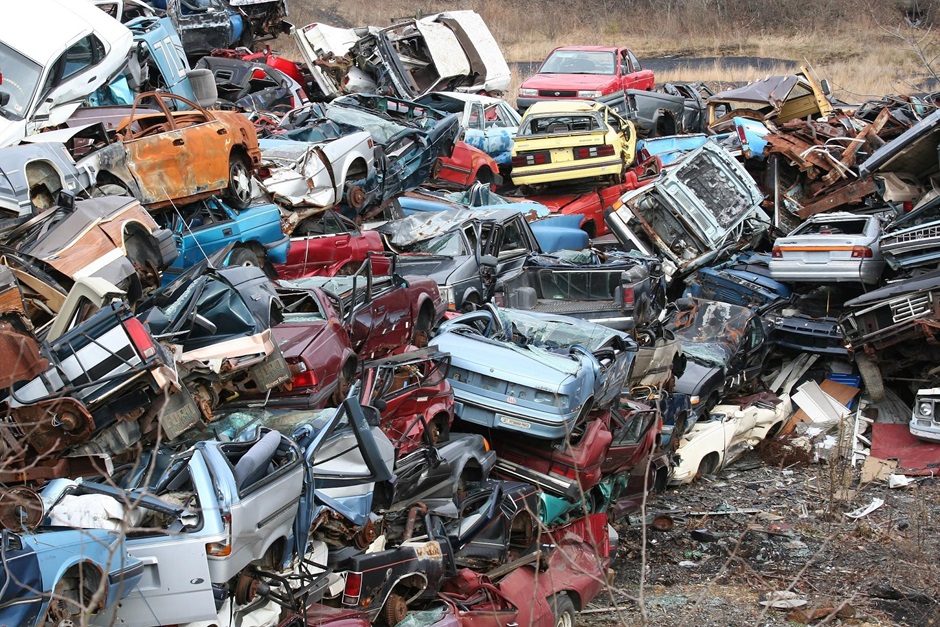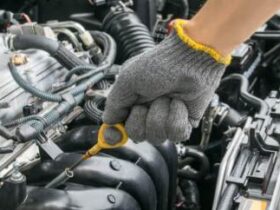Scrap car recycling is an intricate process that requires significant precision and efficiency. Integrating automated equipment has become necessary as the industry strives for higher productivity and sustainability.
This article explores the critical role of computerized equipment in enhancing the efficiency, safety, and environmental impact of scrap car recycling processes.
Why Automation?
- Increased Efficiency and Productivity: Automated equipment such as robotic arms, automated sorting systems, and advanced shredders, the metal baler can handle tasks faster and more accurately than human workers. This increases throughput, allowing recycling facilities to process more cars per hour, significantly boosting overall productivity.
- Enhanced Worker Safety: Scrap car recycling involves handling heavy, sharp, and potentially hazardous materials. Automation reduces the need for human workers to engage directly with these materials, reducing the risk of injuries and accidents on the factory floor.
- Improved Material Recovery: Automated systems have advanced sensors and sorting technologies that accurately distinguish between different materials. This precision ensures that more materials are recovered efficiently, increasing the volume of recyclables and reducing waste.
- Consistency and Quality Control: Automated equipment operates with consistent parameters and conditions, which helps maintain a uniform processing quality. This consistency is crucial for producing high-quality recycled materials that meet industry standards and customer expectations.
Key Automated Equipment in Scrap Car Recycling
- Robotic Disassembly: Robots equipped with cutting, dismantling, and sorting tools can disassemble cars much faster than manual labor. These robots can operate continuously without fatigue, greatly enhancing operational timelines.
- Automated Shredding Systems: High-capacity shredders that automatically feed, shred, and eject materials streamline the initial breakdown of scrap cars, reducing the need for manual pre-sorting.
- Advanced Sorting Systems: These systems utilize a combination of magnets, eddy currents, and optical sensors to sort metals, plastics, and other materials with high accuracy and speed.
- AI-driven Quality Control: Artificial intelligence algorithms can analyze materials on conveyor belts to identify and categorize them, ensuring that only materials that meet specific criteria move forward in the recycling chain.
Challenges and Considerations
While the benefits are substantial, there are challenges associated with adopting automated equipment:
- High Initial Investment: The cost of automated machinery can be prohibitive for smaller operations. However, the long-term savings in labor costs and the increase in material recovery often justify the initial outlay.
- Technical Expertise: Operating and maintaining sophisticated automated equipment requires skilled technicians. Facilities must invest in training and development to ensure their staff can manage these advanced systems.
- Adaptation to Regulatory Changes: As environmental regulations evolve, recycling facilities must ensure that their automated systems can adapt to new standards, which may require additional investments in upgrades or new technologies.
Conclusion
Automated equipment is no longer just an option but a necessity for modern scrap car recycling facilities aiming to remain competitive in a fast-evolving industry. Integrating such technology enhances operational efficiency and plays a pivotal role in ensuring workplace safety, improving material recovery, and adhering to environmental standards.
As the industry continues to grow and technology advances, the role of automation will become even more integral in shaping the future of scrap car recycling.











